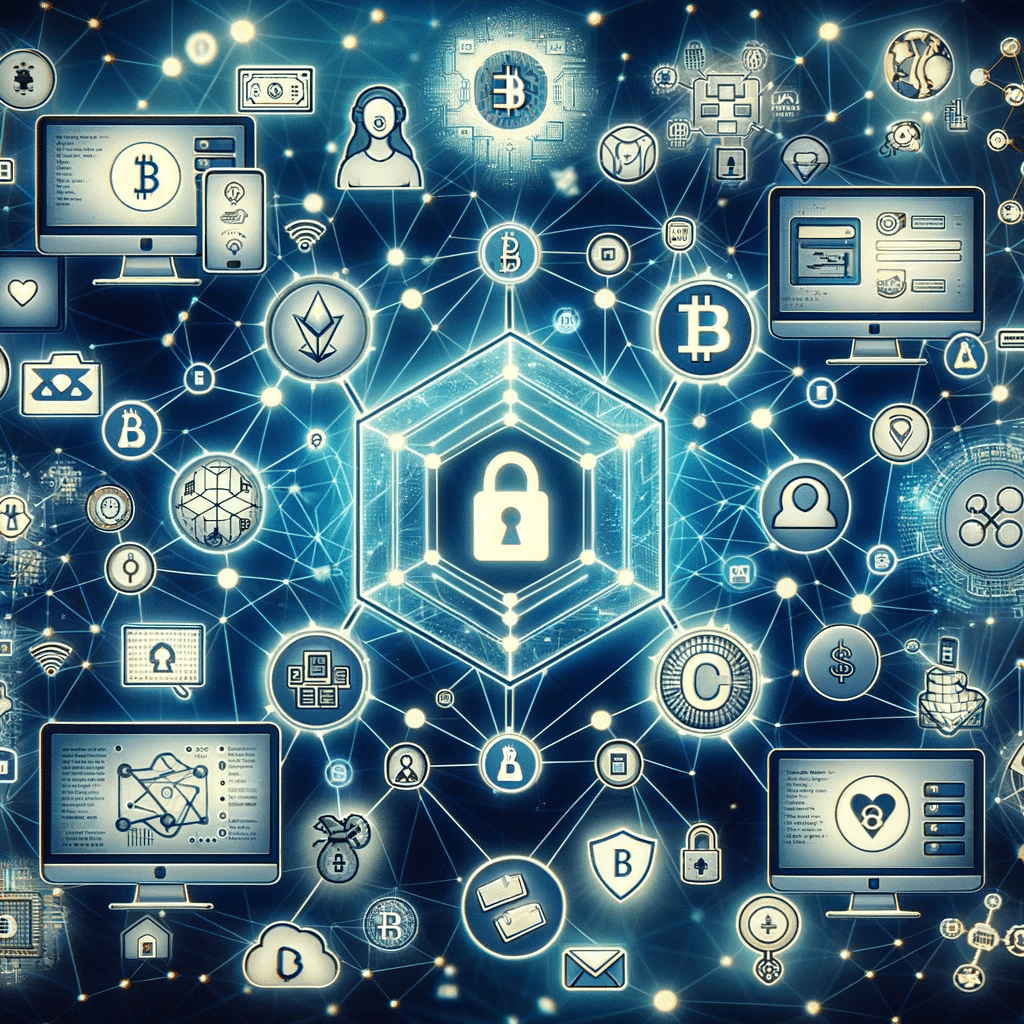What exactly are dApps in the crypto world?

What exactly are dApps in the crypto world?
The term dApps is short for decentralized applications, they are a significant concept in the crypto world. They operate on a blockchain or peer-to-peer network of computers, different from traditional apps which run on a single computer system. This decentralized structure allows them to be free from control and interference by a single authority.
Key characteristics include:
- Decentralization: They are not controlled by a single entity, as their backend code runs on a decentralized peer-to-peer network.
- Open Source: Typically, they are open source, meaning their code is available for scrutiny and contributions by anyone. This fosters transparency and community-driven development.
- Incentivization: They often have tokens or digital assets to reward network participants, encouraging a self-sustaining ecosystem.
- Protocol/Algorithm: They operate on a cryptographic algorithm to show proof of value. This could be proof of work, proof of stake, etc., ensuring security and consensus in the network.
They are a cornerstone of many blockchain-based ecosystems, facilitating everything from financial services and games to complex business processes. They represent a shift from centralized to decentralized digital services, aligning with the ethos of blockchain technology for transparency, security, and community governance.
What are dApps used for?
Decentralized Applications are used for a wide range of purposes in the crypto world, each leveraging the benefits of blockchain technology such as decentralization, security, and transparency. Here are some common uses:
- Finance and DeFi (Decentralized Finance): They are extensively used in DeFi to provide financial services like lending, borrowing, yield farming, and decentralized exchanges (DEXs), without the need for traditional financial intermediaries.
- Gaming: Blockchain-based games utilize them to create in-game economies, where players have true ownership of their assets (like characters and items) which can be traded as NFTs (Non-Fungible Tokens) on a blockchain.
- NFT Marketplaces: These platforms allow users to create, buy, sell, and trade NFTs, which represent ownership of unique digital items, often using these for transactions and interactions.
- Social Media and Content Distribution: Some of these focus on social media and content distribution, where creators can earn cryptocurrency for their content, and users have more control over their data.
- Supply Chain Management: They enhance transparency and traceability in supply chains, allowing stakeholders to track the provenance and status of products in a secure, unchangeable manner.
- Identity Verification and Data Management: In areas where secure and verifiable identity is crucial, they can provide solutions for identity management, reducing fraud and improving privacy.
- Voting Systems: They can be used to create transparent, tamper-proof voting systems, which can be especially useful in scenarios requiring high levels of trust and verifiability.
- Real Estate and Asset Tokenization: They facilitate the tokenization of real-world assets like real estate, allowing for fractional ownership and investment in a decentralized manner.
- Healthcare: dApps in healthcare can manage patient data securely, track pharmaceuticals, and ensure the integrity and traceability of medical records.
- Legal and Governance: Smart contract-based dApps can automate and enforce contracts and agreements, potentially streamlining legal processes and governance structures.
Are dApps secure?
Decentralized applications have several security features inherent in their blockchain-based design, but dApps are not immune to all risks. Here’s an overview of their security aspects:
Strengths
- Decentralization: The lack of a central point of failure makes dApps more resilient against attacks that typically target centralized servers.
- Blockchain Security: The underlying blockchain technology ensures that data is immutable and tamper-proof once recorded.
- Transparency: Open-source code allows for community scrutiny, potentially increasing the likelihood of identifying and rectifying vulnerabilities.
- Cryptography: Advanced cryptographic techniques safeguard transactions and data, ensuring security and privacy.
Vulnerabilities
- Smart Contract Flaws: They rely on smart contracts, which are as secure as their code. Bugs or poor design in smart contracts can lead to vulnerabilities.
- Front-End Risks: While the blockchain backend is secure, the front end of dApps might be susceptible to conventional web vulnerabilities, such as phishing attacks or security breaches.
- Network Risks: They are subject to the security of the underlying blockchain. Issues like 51% attacks on smaller networks can compromise them.
- User Error: Security also depends on user practices. Weak private key management or falling for scams can lead to asset loss.
Risk Mitigation
- Auditing: Regular audits of smart contract code by independent security firms can identify and rectify vulnerabilities.
- Community Vigilance: An active community can quickly respond to emerging threats and share best practices for security.
- Updates and Patches: Continuous development and updates help in addressing newly discovered security loopholes.
- Education: Educating users about secure practices, like using hardware wallets and recognizing phishing attempts, is crucial.
In short, while dApps offer a higher degree of security compared to traditional applications, their safety largely depends on the robustness of the smart contract code, the security of the underlying blockchain, and responsible user behavior. As with any technology, assessing and mitigating risks is a continual process.








